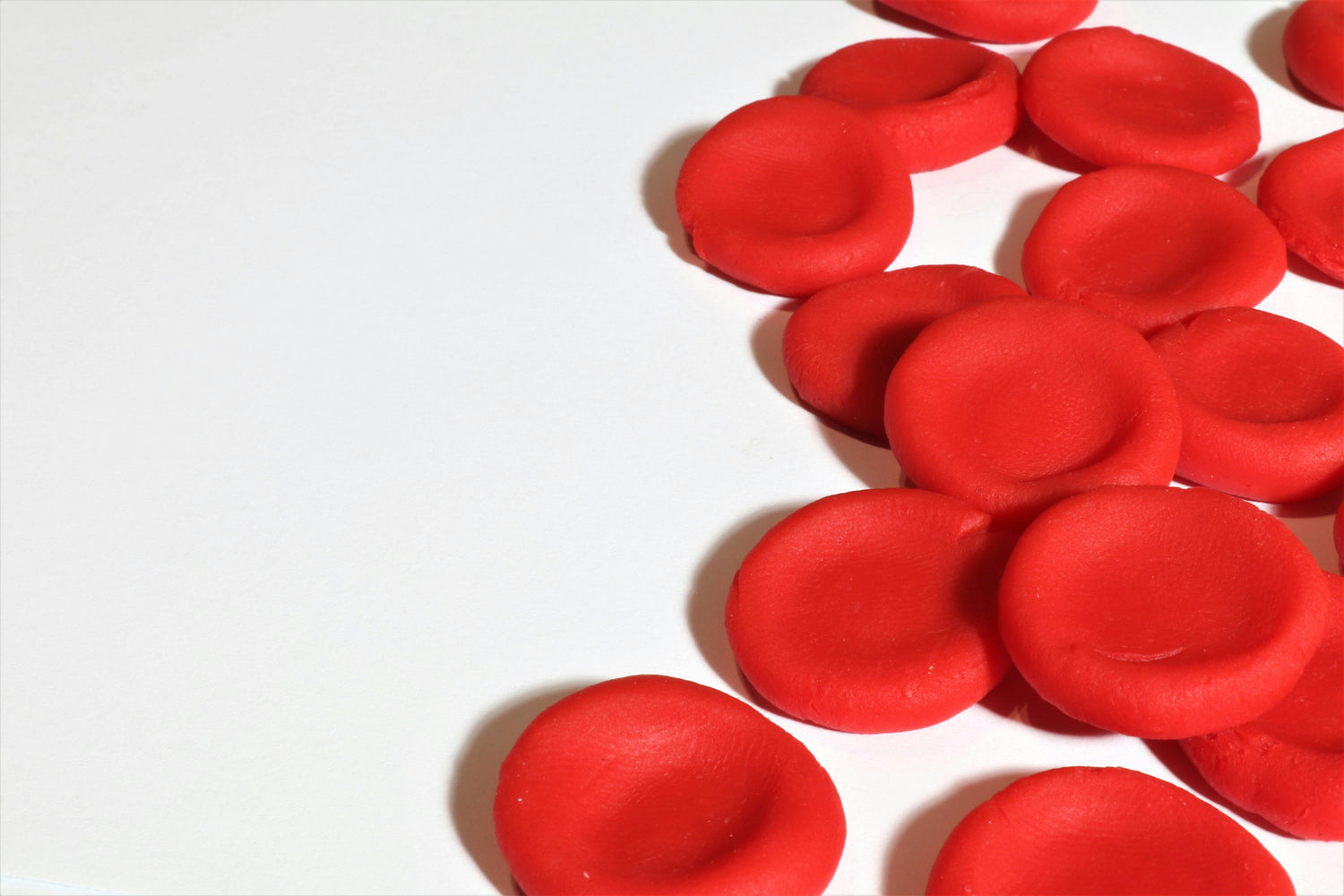Imagine stepping outside and taking a deep breath of air so pure that it invigorates your entire body. Your mind feels sharper, your muscles energized, and your fatigue melts away. This is not a fantasy—it’s the reality of living in an environment where oxygen is abundant and carbon levels are low.
For centuries, our ancestors thrived in landscapes teeming with lush greenery, where every breath delivered the oxygen their bodies needed for peak performance. But today, we spend most of our time indoors, in sealed-off buildings, breathing air with elevated CO₂ levels and lower oxygen content than nature intended. This slow decline in oxygen availability has profound effects on our blood circulation, cognitive function, and overall health.
The Science of Oxygen in the Bloodstream
Oxygen is the body’s most essential fuel, enabling every cell to function efficiently. The process starts in the lungs, where oxygen binds to hemoglobin, the protein in red blood cells responsible for transporting it throughout the body. When oxygen-rich blood reaches the tissues, it fuels the mitochondria—the tiny powerhouses inside cells that generate ATP, the body’s primary energy source.
Optimal blood oxygen saturation (SpO₂) levels range between 95-100%, ensuring that every organ receives the oxygen it needs. When these levels drop—whether due to poor air quality, elevated CO₂ levels, or environmental pollutants—the consequences range from mild brain fog to cardiovascular stress, fatigue, and even immune dysfunction.
What Happens When Oxygen Intake is Optimized?
- Sharper Thinking & Better Memory: The brain, which consumes nearly 20% of the body’s oxygen supply, thrives in well-oxygenated environments, reducing brain fog and improving mental clarity.
- Stronger Endurance & Faster Recovery: Oxygen is crucial for muscle function and athletic performance. Higher oxygen levels mean muscles recover faster after exertion, leading to greater endurance, reduced fatigue, and improved physical performance.
- Healthier Heart & Blood Circulation: Oxygenated blood helps dilate blood vessels, reduce blood pressure, and improve circulation, lowering the risk of cardiovascular disease. Oxygen deficiency, on the other hand, forces the heart to work harder, leading to increased stress and long-term damage.
- Immune System Boost & Faster Healing: Oxygen supports white blood cell activity, the body's natural defense against infections. A well-oxygenated system also speeds up wound healing and reduces inflammation.
- Longevity & Cellular Repair: Higher oxygen levels contribute to cellular regeneration, reducing oxidative stress and promoting anti-aging benefits. In contrast, chronic oxygen deprivation has been linked to premature aging and degenerative diseases.
The Hidden Oxygen Deficiency Crisis
- Indoor spaces with poor ventilation accumulate high levels of carbon dioxide, displacing oxygen and reducing cognitive performance.
- Air pollution, smog, and industrial emissions degrade air quality, making it harder to get clean oxygen with every breath.
- Deforestation and urban expansion have drastically reduced the natural sources of oxygen-producing photosynthesis, meaning our environments are fundamentally less oxygen-rich than they once were.
The Future of Breathing Right
The solution isn’t just about increasing ventilation or relying on standard air purifiers—they don’t restore oxygen levels. The future of indoor air quality must actively bring oxygen back into our spaces.
This is why next-generation innovations like greenwaterHOME exist—not just to filter air, but to synthesize oxygen the way nature does, using algae-powered photosynthesis. Unlike traditional solutions, it doesn’t just remove pollutants; it restores balance, making every breath as fresh as it was meant to be.




Leave a comment
This site is protected by hCaptcha and the hCaptcha Privacy Policy and Terms of Service apply.